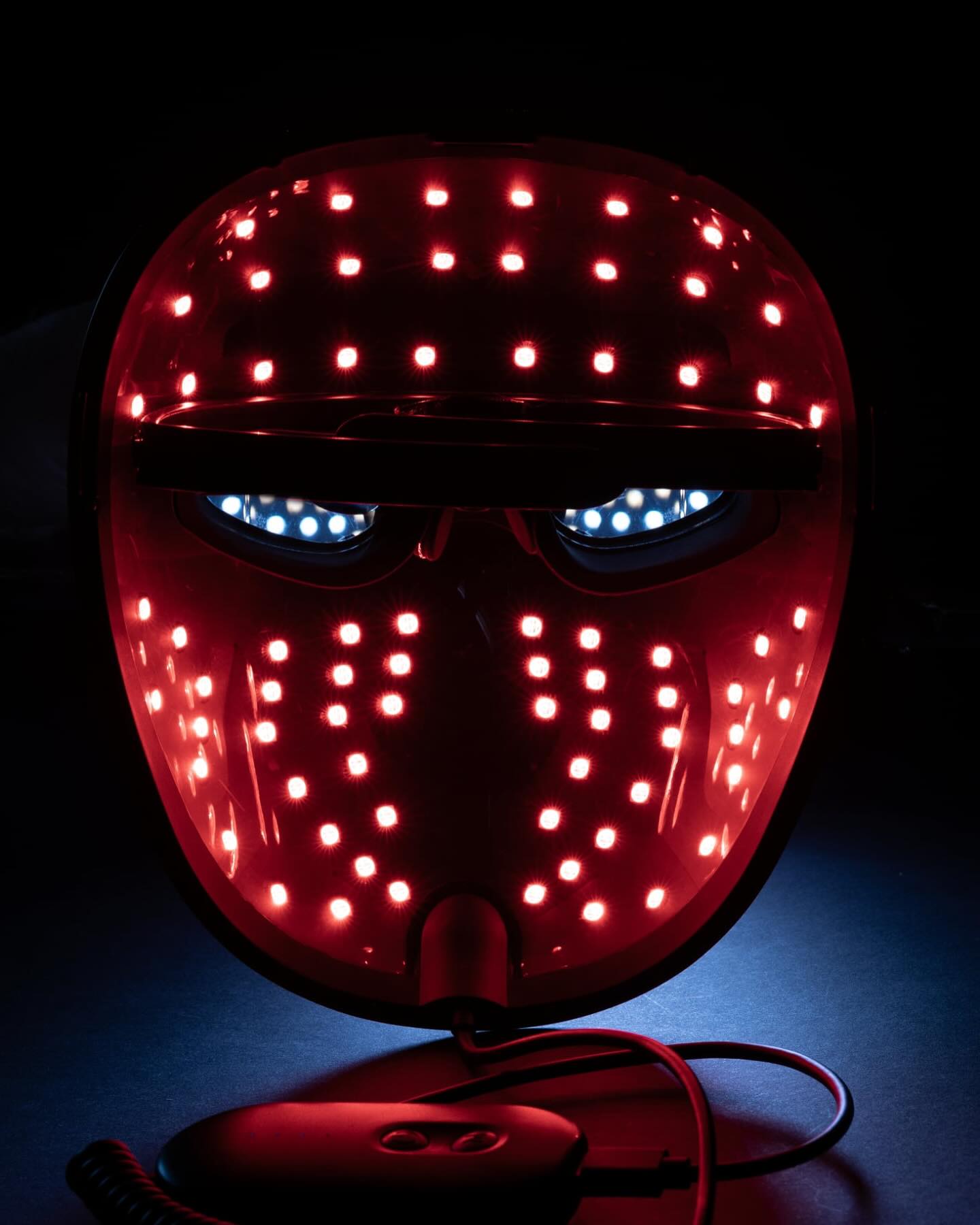Does Red‑Light Therapy Cause Cancer?
Introduction
Red‑light therapy (RLT), also known as photobiomodulation (PBM), uses low-level red and near-infrared light (approximately 600–900 nm) to stimulate cellular function, promote healing, reduce inflammation, and even support pain relief. It’s gaining popularity across wellness and clinical contexts alike. But is it safe—or could it potentially cause cancer? Let’s investigate using current scientific evidence.
1. No Evidence That RLT Causes Cancer
-
RLT employs non‑ionizing radiation—unlike UV or X‑rays—that doesn’t carry enough energy to damage DNA or induce cancer‑causing mutations. lighttherapyred.comJOVS
-
A 2023 systematic review found no evidence that low-level light therapy increases cancer risk—even among those with existing cancer or predisposed to cancer. Wikipedia
-
Experts, including Harvard’s Dr. Michael Hamblin, assert that there’s no proof RLT causes cancer—and that it may even exert anti‑cancer effects in some contexts. Cancer Center for Healing
2. Theoretical Risks When Used Near Active Tumors
-
Because RLT enhances cellular energy, blood flow, and signaling pathways like angiogenesis, there's a theoretical concern that applying it directly over an active tumor could stimulate tumor growth or blood supply. lighttherapyred.com
-
Consequently, RLT use over known malignant sites is generally contraindicated unless under strict medical supervision. lighttherapyred.combeatcancer.euallabouthomeredlighttherapy.com
3. Potential Therapeutic Benefits for Cancer Patients
RLT has shown promising results in supportive care, especially for chemotherapy- or radiation-induced side effects:
It can significantly reduce oral mucositis (painful mouth sores) and skin inflammation. lighttherapyred.combeatcancer.eu
It may aid in pain relief, tissue healing, and emotional well‑being among patients. beatcancer.euMD Anderson Cancer Center
These benefits are increasingly being leveraged in oncology settings—but always under medical guidance and protocol-based use. lighttherapyred.combeatcancer.euallabouthomeredlighttherapy.com
4. Safety for General Use
For general, non-cancer applications like skin care or pain management, RLT is considered safe and well-tolerated.
Short-term side effects are mild—such as temporary redness, warmth, skin irritation, or eye strain if proper protection isn’t used. The SunWikipedia
Unlike tanning beds that emit harmful UV rays and are proven to increase skin cancer risk, RLT poses no such carcinogenic risk. The SunStanford Medicine
One caveat: individuals with photosensitive conditions (e.g., lupus, melasma) should use caution, as RLT may exacerbate their issues. AxiosHarper's BAZAAR
Conclusion
There is no credible evidence that red‑light therapy causes cancer. Although theoretical risks exist when used improperly around active tumors, RLT is overall safe for general use and may even offer therapeutic value for cancer patients—particularly when guided by medical professionals. As with any medical or wellness intervention:
Consult your healthcare provider before starting RLT, especially if you have cancer or photosensitive conditions.
Use only certified devices, follow recommended dosages, and observe proper safety protocols.
Researchers continue to explore RLT’s long-term effects and optimal protocols, ensuring the therapy remains both effective and safe. Let me know if you'd like help with references, audience tips, or montage of real‑world use cases!




Leave a comment
This site is protected by hCaptcha and the hCaptcha Privacy Policy and Terms of Service apply.